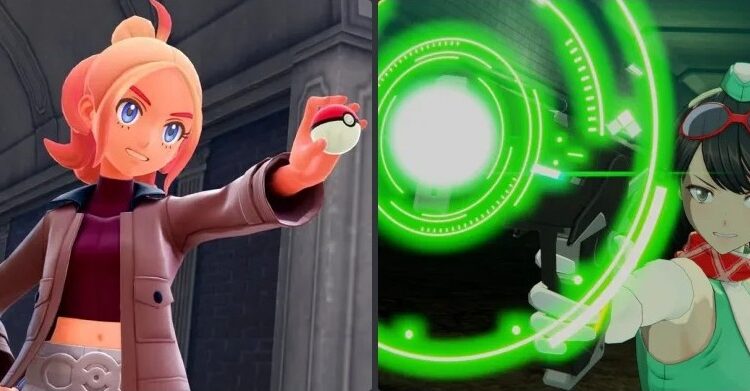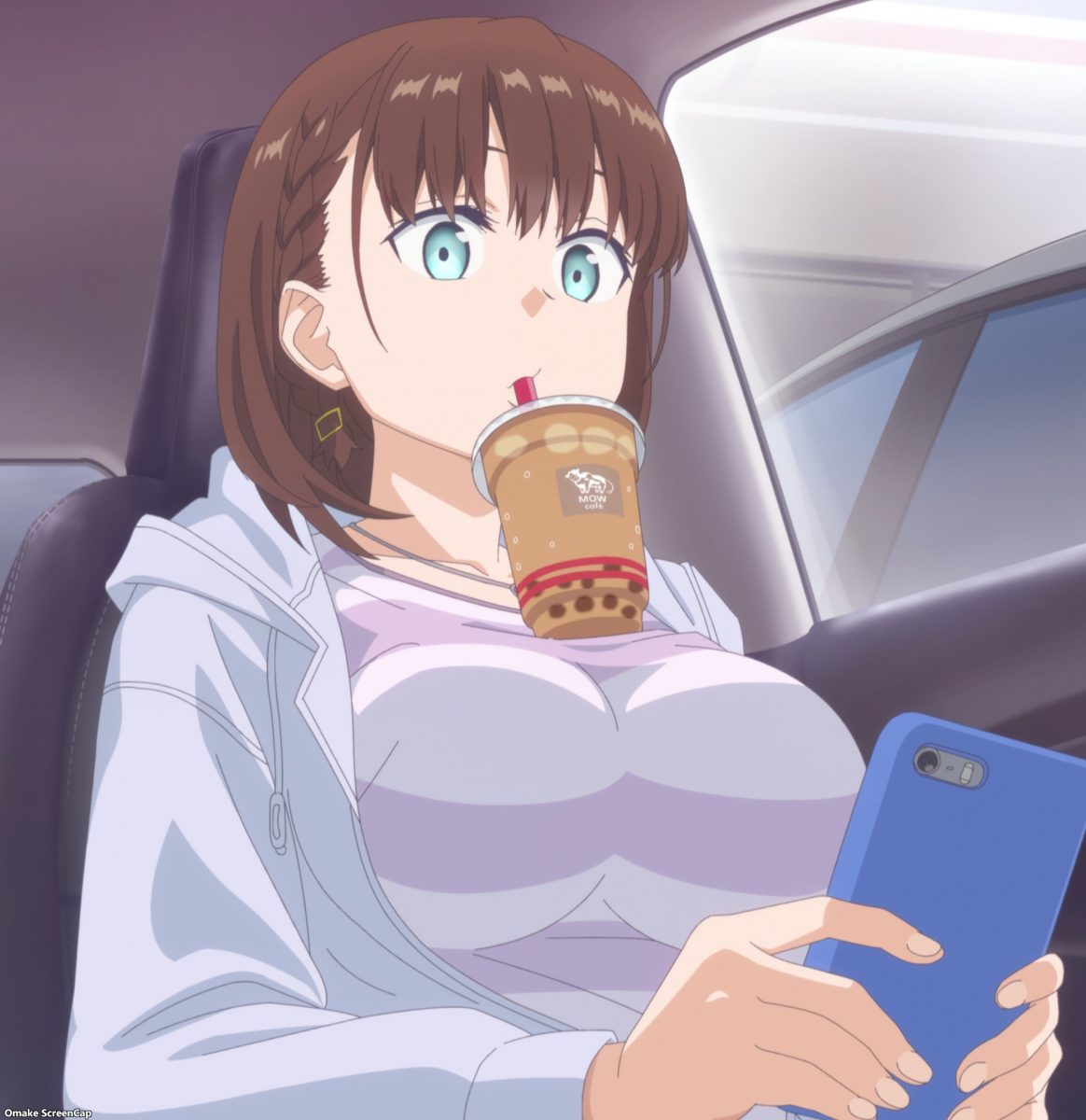Final Fantasy IV arrived as the newest addition to the Final Fantasy Pixel Remaster collection in September. Between gearing up for the new expansion of Final Fantasy XIV, Strangers of Paradise, Final Fantasy XVI, and revisiting all the old titles, Square-Enix has been churning out Final Fantasy content on a steady basis all year long and is set on doing so well into 2022.
Today we’re looking at this new version of Final Fantasy IV with a retrospect review, and comparing it to previous versions since the game’s original release back in 1991.
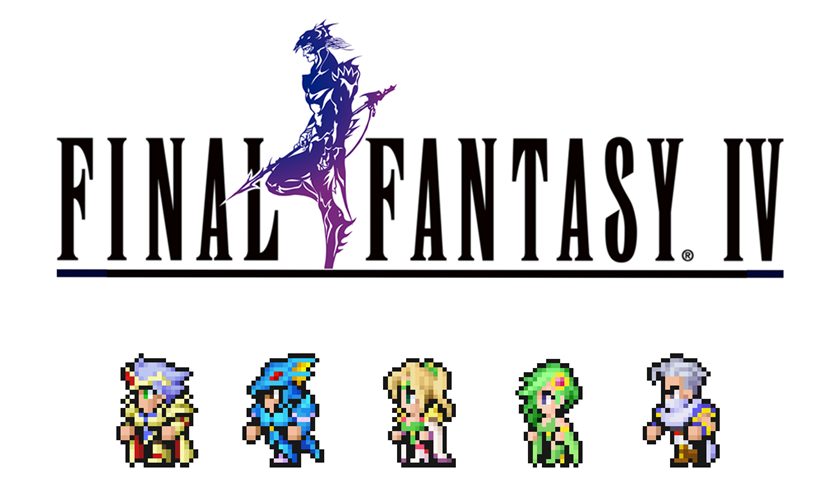
Music
Following the same format as before: let’s talk about the soundtrack first. Nobuo Uematsu continues to surprise us with how well these new arrangements and rerecorded versions of the music sound. Just like how the pixel details in the graphics improve with each title, so do the sounds.
The music this time around resonates with the player differently than it did in Final Fantasy I or Final Fantasy III, and that is because like Final Fantasy II, this game is more story-focused than exploration-heavy. As a result, several music pieces were written not just for particular dungeons or boss fights, but also specific story scenes to express characters’ thoughts and emotions.
I think this is why Final Fantasy IV in particular gives us some of the most iconic musical moments in the whole series: notably the Theme of Love.
https://www.youtube.com/watch?v=xYYoCdX3gQc
Graphics
As already stated, with each new game in the Pixel Remaster series, the graphics are getting better and better. However, there is something to be said that is a little off for this title. In our previous review, we mentioned that the series was well on its way to giving Final Fantasy I through to VI a complete, matching graphical aesthetic. We spoke too soon.
While Final Fantasy IV does look good and the game assets have the same polished look as Final Fantasy I-III, some graphical variants are entirely recycled from the Gameboy Advance and PSP version of the game, including some random-encounter monsters. While these assets support a higher resolution, no effort was made to make them stand out from previous versions of the game. Whether these were simply copied very closely from legacy sprites is unsure, but regardless, it does beg a few questions, which we’ll discuss in a minute.
On the positive side, polish includes brighter colors, added details, and a few CG elements for environmental animations and visual effects, especially for fire and water elements in cutscenes.
![]()
Story
Ambitious, thrilling, emotional, and a classic story that’ll stand until the end of time. Final Fantasy IV gave us an unforgettable story about the dark knight, Cecil, and his quest for self-discovery, redemption, and the answer to questions about his loyalty to his kingdom. When the Kingdom of Baron embarks on world conquest, Cecil and longtime friend, Kaine is among the high-ranked armed forces leading the crusade. However, when Cecil sees that his actions have done nothing but cause great destruction and the loss of countless lives, he vows to turn against his King and bring the world to peace. In doing so, Cecil sets out to cast aside his life as a dark knight and take up the holy sword and shield of a paladin.
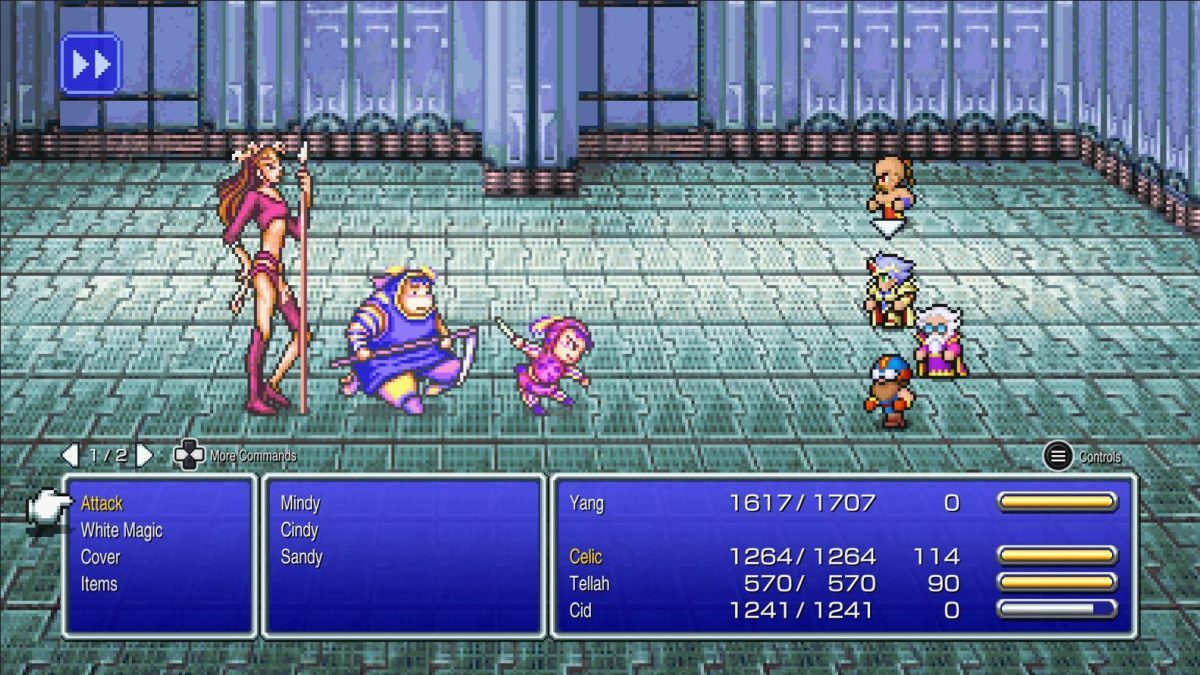
Final Fantasy IV is, at times, a bit chaotic, spanning not just the whole globe, but also deep into the second overworld map for the underworld, and even a third one of the entire moon! At times it can feel overwhelming, asking “when does this conflict end?” only for a whole new world map to be unlocked, but it also provides an engrossing universe to experience. Then it has the largest cast of playable characters seen in any Final Fantasy game to date, and each with a unique job and combat attributes. All of them rotate in and out of your party depending on story events.
Quality of Life and Flaws
Well, the first great thing we can say is that the new translation kept the most iconic line from every English version of the game:
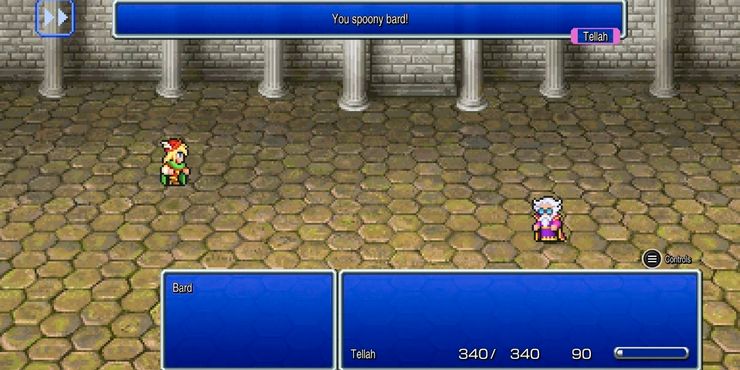
Moving forward from that, like with the previous Pixel Remasters, Final Fantasy IV has gained new features to enhance the experience. Minimaps have been added to make navigation in dungeons a breeze. Characters level up faster. Players can sprint across maps. Auto-save activates every time you enter a new dungeon or floor. It’s several tiny things added, but enough to make the playing experience easier and stress-free. You can just enjoy the game without having to worry about grinding levels or saving money for new weapons to defeat harder bosses.
Possibly the most charming new feature is dungeons getting new ambient noise in addition to the remastered soundtracks. It creates a better feel of immersion.
On the downside, Final Fantasy IV Pixel Remaster has a lot to be compared to. Since the original release in 1991, Final Fantasy IV has seen many rereleases and remakes over the decades on the Playstation, Gameboy Advance, Nintendo DS, and even the PSP. The Nintendo DS version is by far the most famous for being the only 3D version ever made. With each new version came plenty of new content that sadly has all been omitted in Pixel Remaster. That means no Lunar Ruins, Cave of Trials, or The After Years.
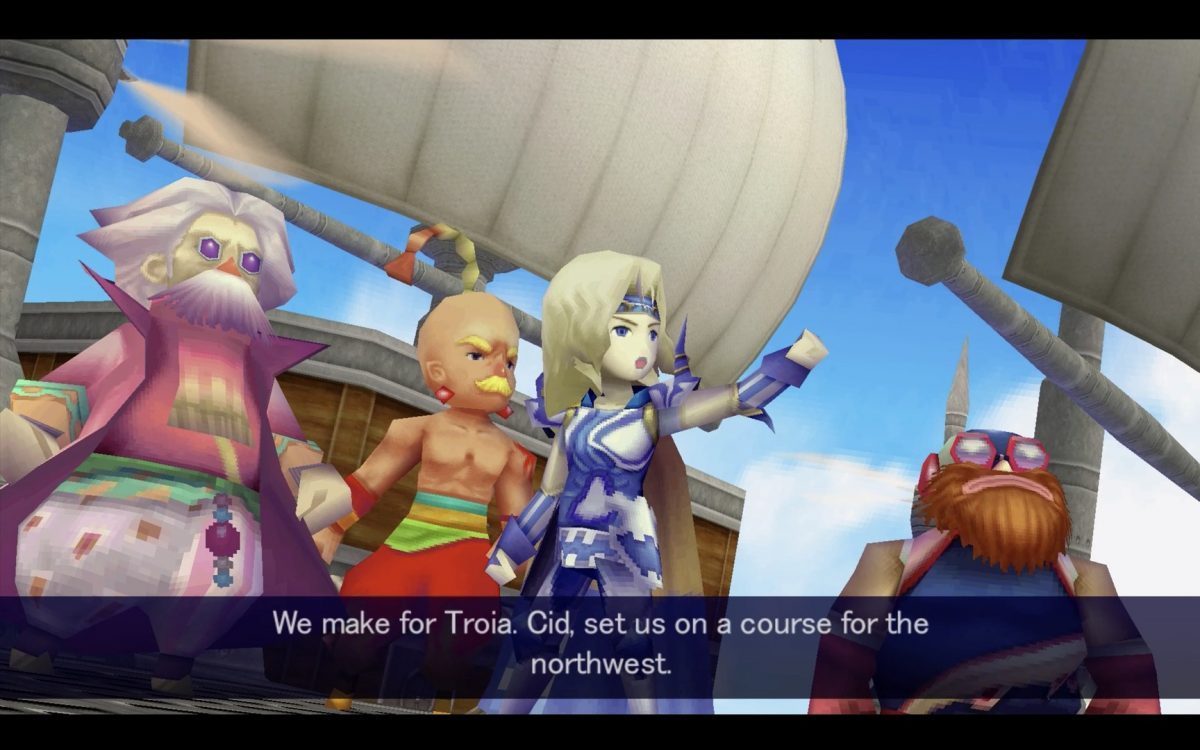
Is it Worth It?
Because Final Fantasy IV is very story-driven, if you’ve already experienced the story in other versions and remember it well, there is very little reason to spend money on this game. Compared to the 3D version which is still up for sale on Steam, it’s a bit of a toss-up when you remember that the 3D version also comes with The After Years and bonus dungeons not seen in the Pixel Remaster, and it’s cheaper. However, should you catch it on sale and decide that you just want to experience the game in a much smoother, easier, fast-paced presentation, then this is definitely the version to pick up.


